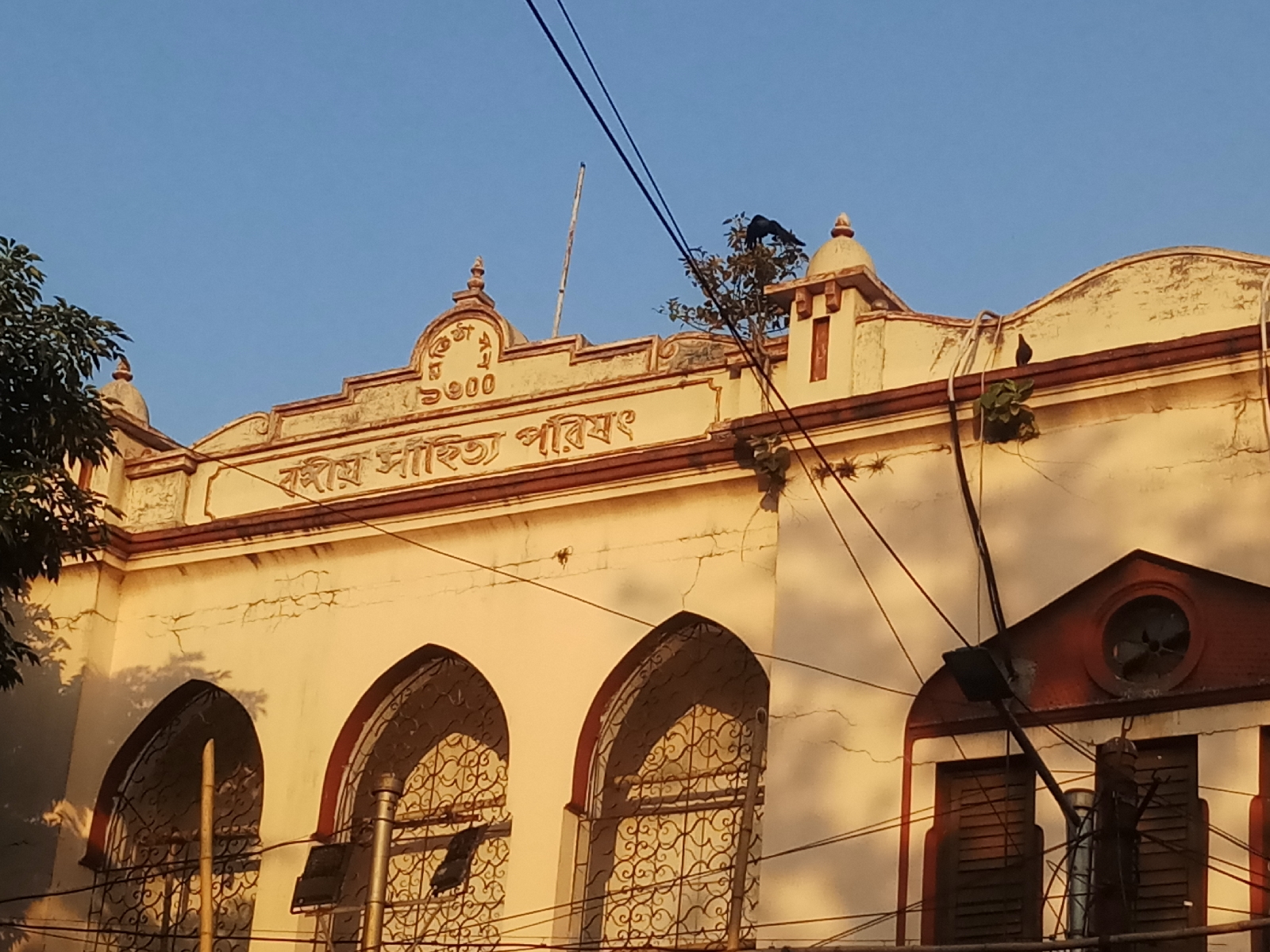The Museum of the Asiatic Society
- Sir William Jones lay out the plan for a society to pursue Oriental studies on January 1784, and was formally founded in 1804, then named as Asiatick Society. Later the name was changed to Royal Asiatic Society of Bengal and after independence it became the Asiatic Society of Bengal. Jones presided over the Society till his death in 1794.
- The activities include historical research, awarding historians and running an institute for postgraduate studies.
- The Asiatic Society building at Park Street comprises of five floors, the first and fifth floor is the library stack area, the second floor is the museum, and the third floor is used for administrative purposes while the fourth floor houses the library.
- Although conceived early as 1796, the Asiatic Society Museum was set up at the beginning of 1814 under the superintendence of Dr. Nathaniel Wallich.
- The first catalogue was published in 1849 and other descriptive catalogues of different sections started gradually. The Society proposed to the Government in 1839 for the establishment of a public museum at Calcutta and the Indian Museum of Calcutta was established in 1866. The Society made over its valuable collections to the Indian Museum. The Society however still maintains a museum of its own possession of Asoka Rock Edict (250 B.C.) depicted by James Prinsep, Copper Plates, Coins, Sculptures, Manuscripts and Archival records. Other notable items displayed are:
- Ancient manuscripts in languages including Sanskrit, Persian, Urdu etc. made on paper, tin (with gold lacquered letterings), palm leaves etc.
- Manuscripts from Mughal dynasty, Nepal, Tibet, Bhutan, Mongol, China
- Replica of the Tripataka, Quaran and Ain-i-Akbari
- Scientific writings by P. C. Ray, Sir J C Bose, U. N. Bhramachari, Prasanta Chandra Mahalanobis. In 1895, Jagadish Chandra published his first paper on electric waves in the Asiatic Society journal. The paper by Prafulla Chandra on mercurous nitrite was published in the same journal in 1896. This was monumentous in breaking the contempt and ridicule of the Western world towards Indian scientific research.
- Miniature Rajput paintings
- Translation of Gita by Charles Wilkins
- Correspondences by William Jones
- Paintings by Ram Kinkar Baij
- Statues from Malda
- Bust statue of William Jones and James Princeps
- Mural depicting William Jones translating Shakuntala
- Depiction of durbar of Raja of Kotah in honor of William Bentick
- The Asiatic Society publishes books in different series, viz., Bibliotheca Indica, Monograph, Seminar & Public Lecture, Catalogues and Bibliographical Works besides some books under ‘Miscellaneous publications’. Moreover, it publishes periodicals, i.e. a quarterly Journal of the Asiatic Society and Monthly Bulletin of the Asiatic Society and some booklets on different occasions etc.
- Large volumes of ancient books are preserved and curated here.
- It also played a role in the genesis of The Geological Survey of India, The Archaelogical survey of India and The Anthropological Survey of India.
- The museum engrosses the visitor with an ambience of literary enrichment and old world charm. Sir William Jones said in one of his annual discourses that “It will flourish, if naturalists, chemists, antiquaries, philologers and men of science, in different parts of Asia, will commit their observations to writing, and send them to the Asiatic Society at Calcutta; it will languish, if such communications shall be long intermitted; and it will die away, if they shall entirely cease.” The Society still caters to the intelligentsia and researchers on a regular basis.
Photography is strictly prohibitted within the premises
Date
of visit: 26.04.2024
Reference:







Comments
Post a Comment